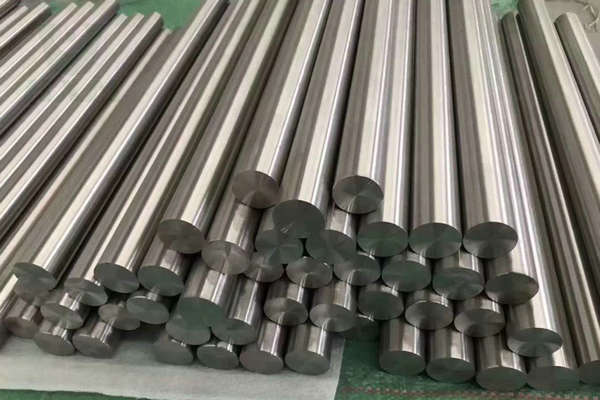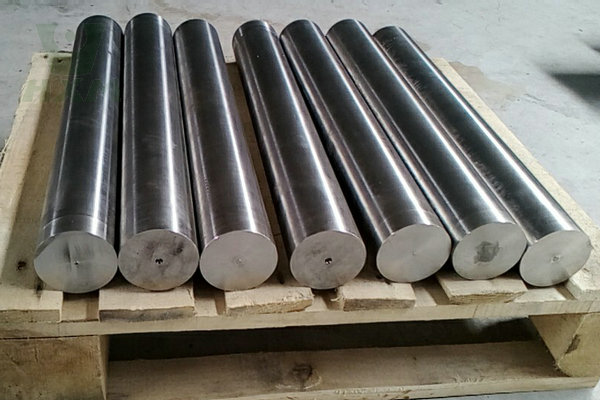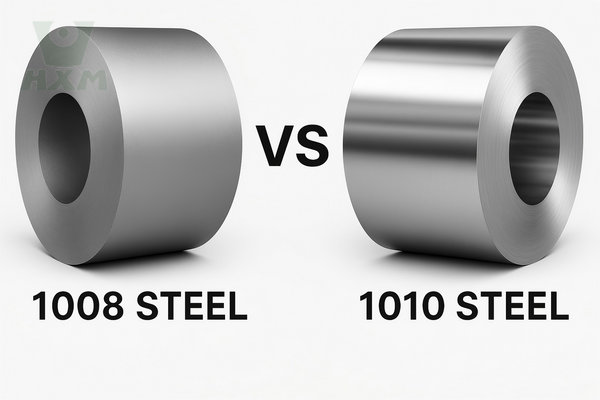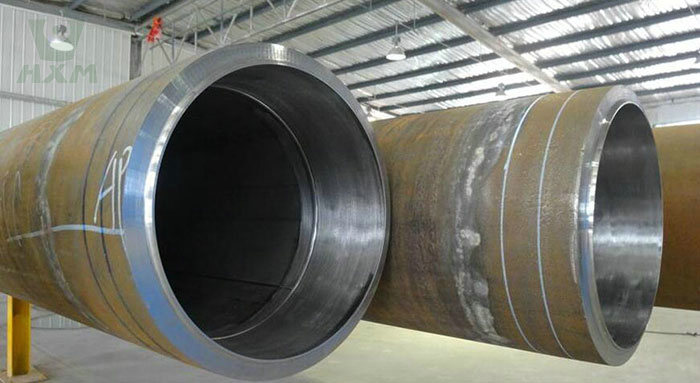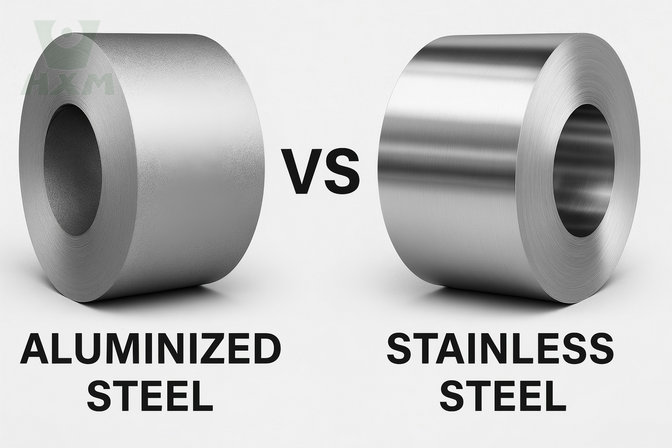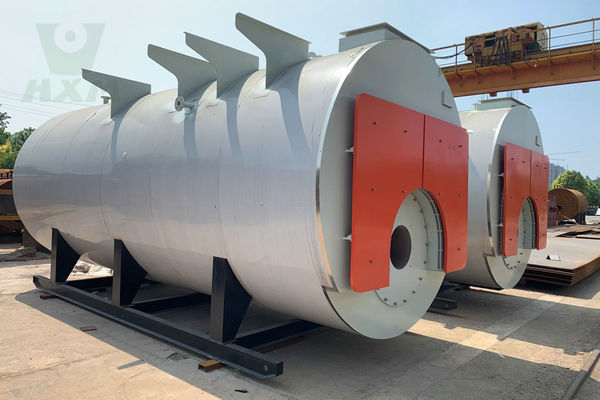Alloy steel plays a critical role in modern manufacturing, offering improved strength, toughness, and corrosion resistance. At Huaxiao Metal, we supply both low alloy steel and high alloy steel to customers worldwide. Understanding the difference between low alloy steel and high alloy steel is essential when selecting the right material for your application.

What Is Alloy Steel?
Alloy steel is a type of steel that contains additional alloying elements such as chromium, nickel, molybdenum, vanadium, and manganese. These elements improve the mechanical and chemical properties of the steel. Depending on the concentration of these elements, alloy steel is categorized as low alloy or high alloy.
What Is Low Alloy Steel?
Low alloy steel typically contains a total alloy content of less than 5–8%. It is designed to improve mechanical properties and resistance to corrosion while remaining cost-effective.
Features of Low Alloy Steel:
Lower cost than high alloy steel
Good weldability
High strength-to-weight ratio
Moderate corrosion and wear resistance
Common Applications:
Pressure vessels
Bridges
Automotive components
Pipelines
Huaxiao Metal provides a wide range of low alloy steels that are ready in stock and available for quick delivery. Contact us now for the best prices on low alloy steel.
What Is High Alloy Steel?
High alloy steel contains more than 8% alloying elements, with stainless steel being the most common form. These steels are used where exceptional corrosion resistance and strength are required.
Features of High Alloy Steel:
Excellent corrosion resistance
High hardness and toughness
Retains properties at high temperatures
Suitable for extreme environments
Common Applications:
Chemical processing equipment
Aerospace and aviation components
Marine structures
Medical instruments
At Huaxiao Metal, we offer high-quality high alloy steel including various grades of stainless steel, tailored to your specific requirements. Get a quote now and compare our competitive pricing.
Difference Between Low Alloy Steel and High Alloy Steel
When choosing alloy steel for engineering or industrial purposes, it is crucial to understand the difference between low alloy steel and high alloy steel. Both types of steel differ significantly in composition, physical and mechanical properties, cost, and applications. Let’s explore each of these aspects in detail.
| Feature | Low Alloy Steel | High Alloy Steel |
|---|---|---|
| Alloying Content | Less than 5–8% | More than 8% |
| Corrosion Resistance | Moderate | Excellent |
| Cost | Lower | Higher |
| Applications | Structural, automotive | Aerospace, chemical, medical |
| Examples | AISI 4140, 4340 | 304, 316 Stainless Steel |
Composition: Low Alloy Steel and High Alloy Steel
Low Alloy Steel:
Contains less than 5–8% total alloying elements such as chromium, nickel, molybdenum, vanadium, and manganese. Designed primarily to enhance strength and toughness without significantly increasing costs.
High Alloy Steel:
Contains more than 8% alloying elements. Stainless steel (e.g. 304, 316) is a typical example, often with high chromium and nickel content for corrosion resistance and high-temperature performance.
Huaxiao Metal supplies both low and high alloy steels in a wide range of grades. Request alloy steel prices now.
Physical Properties: Low Alloy Steel and High Alloy Steel
Low Alloy Steel:
Offers improved physical properties over carbon steel, such as enhanced hardness, thermal resistance, and moderate corrosion resistance.
High Alloy Steel:
Excels in corrosion resistance, oxidation resistance, and can maintain performance in extreme temperatures and environments.
Need alloy steel for high-heat or corrosive environments? Contact Huaxiao Metal for custom material advice.
Mechanical Properties: Low Alloy Steel and High Alloy Steel
Low Alloy Steel:
Provides high strength, good fatigue resistance, and excellent toughness. It is widely used in structural and load-bearing applications.
High Alloy Steel:
Exhibits superior tensile strength, impact resistance, and work hardening capabilities, especially under harsh conditions.
Huaxiao Metal delivers mechanically tested steels for demanding industries. Inquire about mechanical test reports.
Cost: Low Alloy Steel and High Alloy Steel
Low Alloy Steel:
More cost-effective due to lower alloying content and easier fabrication.
High Alloy Steel:
Typically more expensive due to higher content of costly elements like nickel and chromium, and advanced processing.
Looking for budget-friendly high-performance materials? Compare our low alloy steel stock.
Applications: Low Alloy Steel and High Alloy Steel
Low Alloy Steel Applications:
- Pressure vessels
- Construction equipment
- Power plant components
- Automotive parts
- Bridges and pipelines
High Alloy Steel Applications:
- Chemical and petrochemical processing
- Marine and offshore structures
- Aerospace and aviation parts
- Surgical and medical instruments
- Heat exchangers and reactors
Whatever the application, Huaxiao Metal offers ready-to-ship inventory and custom cut-to-size solutions.
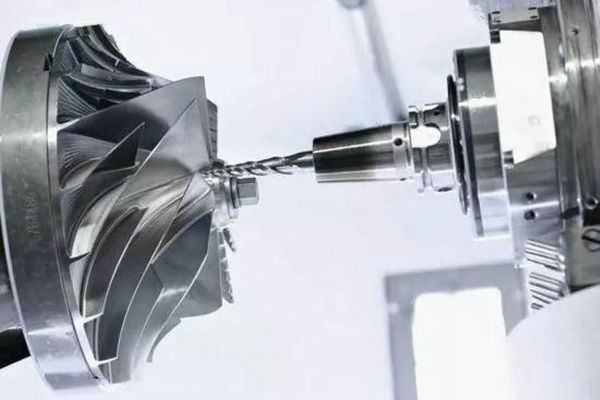
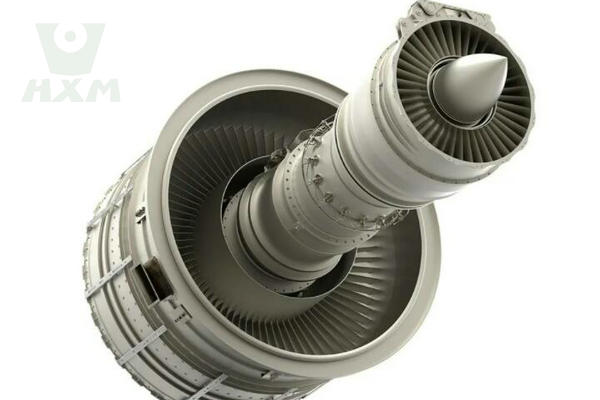
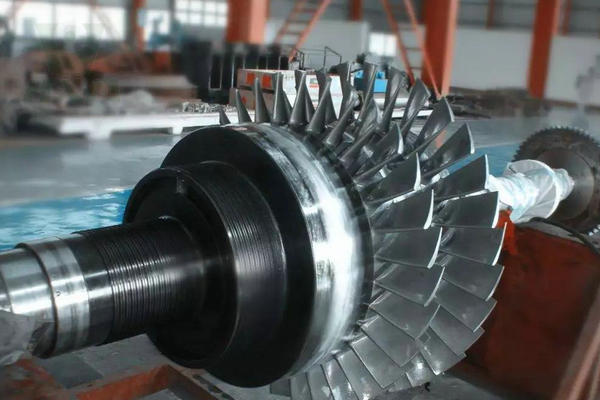
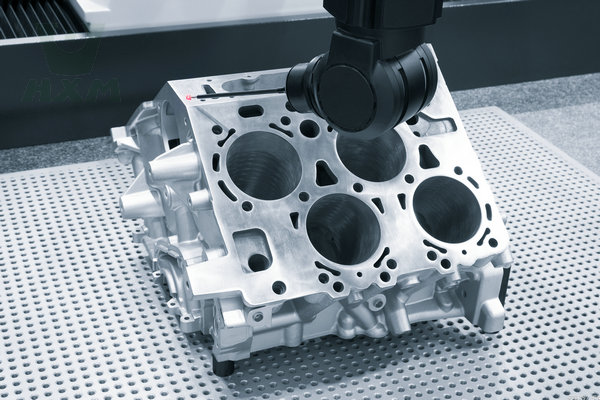
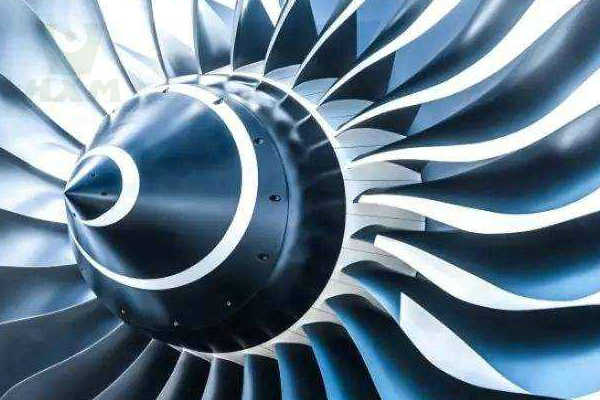
Whether you need bulk alloy steel for a large-scale project or specialty grades for critical applications, Huaxiao Metal is here to help.
Contact us today for alloy steel prices and availability.
Choose the Right Alloy Steel with Huaxiao Metal
As a professional alloy steel supplier, Huaxiao Metal has extensive experience in international markets, offering:
✅ Multiple grades and specifications
✅ Competitive pricing
✅ Fast global shipping
✅ Mill certification & inspection reports
Contact us today to request a quote on low alloy or high alloy steel. Let Huaxiao Metal be your trusted supplier.
Why Choose Huaxiao Metal as Your Alloy Steel Supplier?
Huaxiao Metal is a trusted supplier and manufacturer of both low alloy steel and high alloy steel products. With a robust inventory, strict quality control, and international shipping capabilities, we support industries across the globe.
✅ Competitive Alloy Steel Prices
✅ Professional Customization & Processing
✅ Fast Global Delivery
✅ Free Technical Consultation

